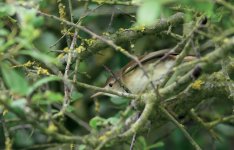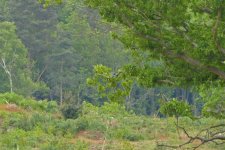Boogieshrew
Well-known member
Plea for info on Walsey Hills.
Hi,
I am posting on behalf of the NOA. Has anyone been to Walsey Hills today?
If so, di you notice anything damaged?
Apparently last night there were some kids hanging out there and I'm wondering whether anyone has noticed any damage there today?
Not to brush all kids with the same brush of course but there were several incidences of damage to fencing there a while back.
Thanks for any info you can offer.
Best wishes
BS
Hi,
I am posting on behalf of the NOA. Has anyone been to Walsey Hills today?
If so, di you notice anything damaged?
Apparently last night there were some kids hanging out there and I'm wondering whether anyone has noticed any damage there today?
Not to brush all kids with the same brush of course but there were several incidences of damage to fencing there a while back.
Thanks for any info you can offer.
Best wishes
BS





